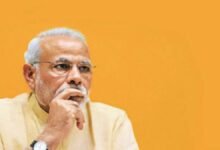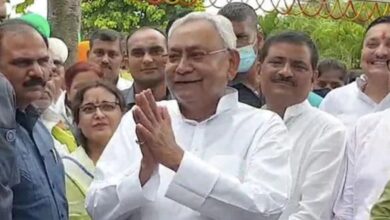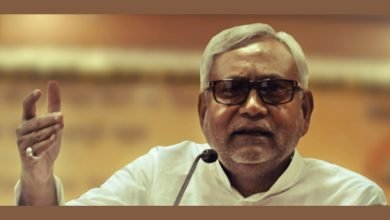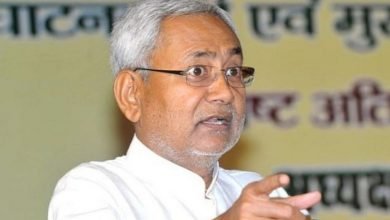Caste census in Independent India after 1933, new data released
The alliance government of Bihar has thrown a new ace before the general elections of 2024 in the form of a caste-based survey report.
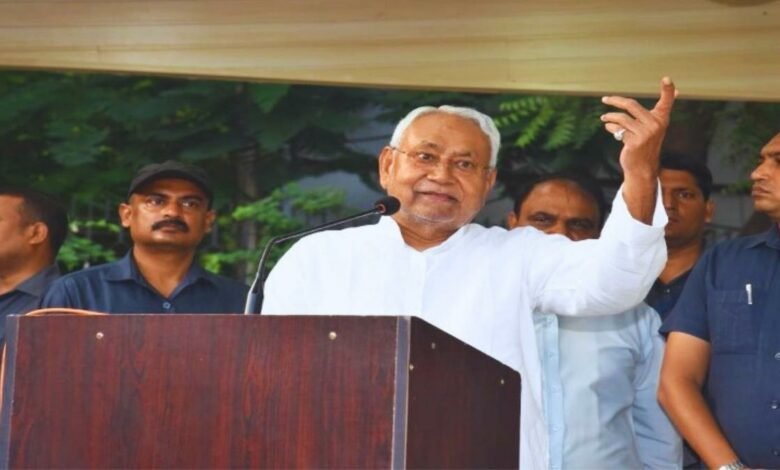
Caste census is a scientific recording of data in which the sects and groupings of various tribes and cultures of Indian society are noted for the official records. After 1933, it was discontinued by the Union government, but due to the caste politics of India, the state of Bihar conducted the census. It was challenged in courts and later on 02-10-2023, the data was released in public domain for the political and social consumption. The caste census has sparked a debate on the need and relevance of such an exercise, as well as its implications for the reservation policy and the social justice agenda in the country.
The caste data which was presented had the title Bihar Jaati Adharit Ganana (Bihar caste-based survey) reflecting the following numbers out of the total population. EBC:36.01%; backward castes:27.13%; STs:1.68%; SCs:19.65%; UR:15.52%. It also highlighted the religious population comprising of Hindus:81.9986%; Muslims:17.7088% of the total population. The status of Other Backward Classes like Yadavas is 14.26%, Kushwaha-4.27% and Kurmi-2.87%. It also reported the current Bihar population, which now stands at 13 crores as compared to the 10 crores figure of the 2011 population census; with an approximate increase of 30%.

This is being considered as an ace by many analysts in the political circles of India, thrown by the alliance government of Bihar before the general elections of 2024, in the form of this survey report. This can be seen as a counter to the Hindutva narratives and the politics surrounding them; the census was pushed for at the national level by the ruling parties of the state, JDU and RJD, but was rejected by the centre. The survey report reveals the socio-economic status and population share of different castes and communities in Bihar, which could influence the voting patterns and preferences of the electorate.
Later on, 03-10-2023, an all-party meeting was called by CM Nitish Kumar, for the policy framing based on the report aimed at helping the people. There was an expectation after the release, of an increased percentage of reservation for the OBCs according to their population for their proper representation. Apart from caste and religion, other factors like economics and education were also considered during the meeting.

